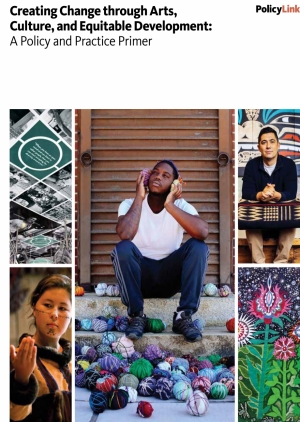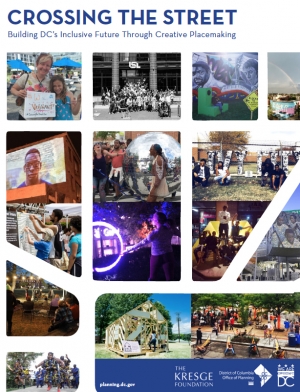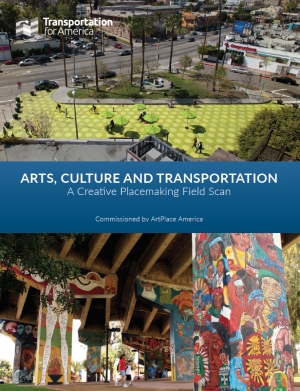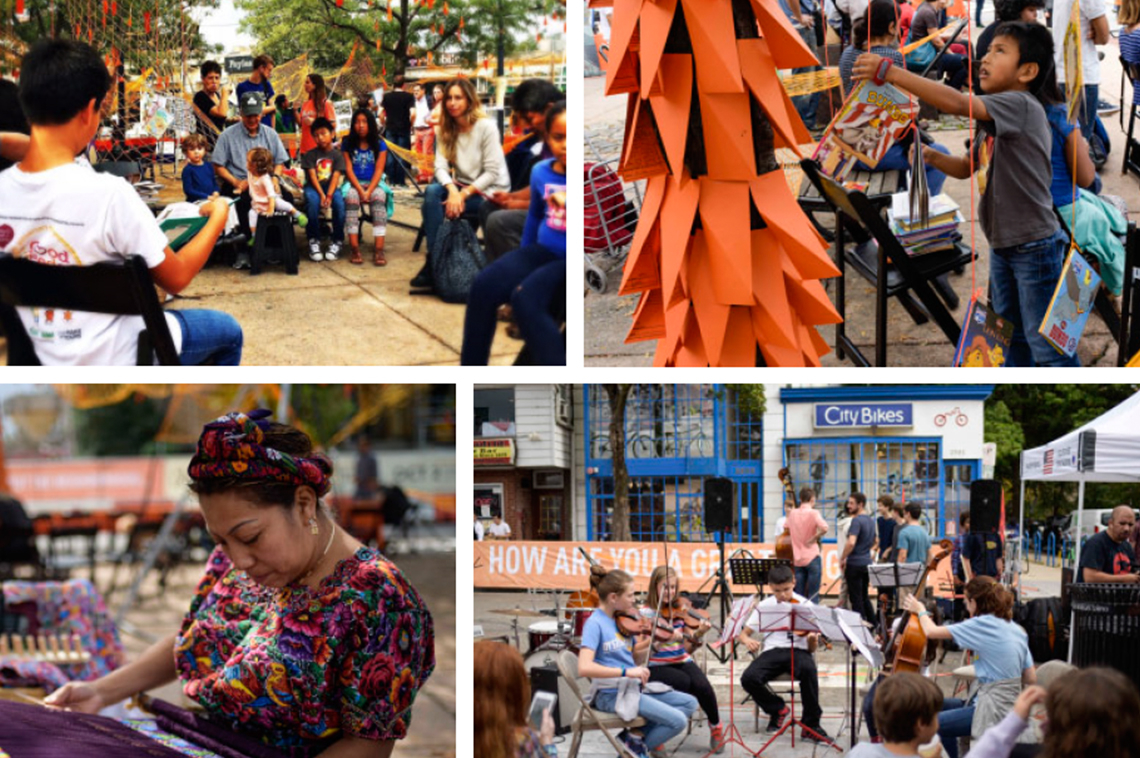
Just in time for year-end highlight reel season, ArtPlace is pleased to share some top takeaways from the session “Creative placemaking tools: What exists? Where are they? What’s missing?,” which took place on May 22 at the ArtPlace 2018 Annual Summit in Louisville, Kentucky. The session was led by Michelle D. Johnson, a Program Officer with the Kresge Foundation’s Arts & Culture Program, and gave attendees a chance to learn more about a number of useful resources, including the following, from the people who helped produce them.
PolicyLink’s Creating Change through Arts, Culture, and Equitable Development: A Policy and Practice Primer
This report describes how arts and culture can be employed in the pursuit of fair and just urban and community planning. Jeremy Liu, PolicyLink’s Senior Fellow for Arts, Culture, and Equitable Development, used the curb-cut effect to explain equitable development: namely, that measures which are designed to benefit vulnerable groups often end up benefiting everyone. (Curb cuts are essential for people using wheelchairs, but also come in handy for those pushing strollers, walking bikes, delivering mail, etc.)
The primer is one of many materials PolicyLink has published to help individuals and organizations advocate for public investments that create economic opportunity and healthy neighborhoods, ensure that data informs policy, and advance strategies to build a participatory and prosperous economy. The Resources & Tools page on their website houses all of their publications, and is browsable by both topic and publication date.
Further reading: ArtPlace’s resources for community planning & development
The Trust for Public Land (TPL)’s Field Guide for Creative Placemaking and Parks
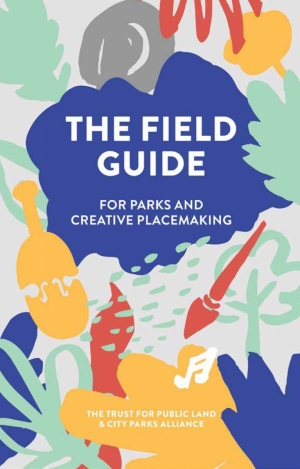
This guide details how creative placemaking can make for better parks and—by extension—stronger communities. Its author, TPL’s Director of Creative Placemaking, Matthew Clarke, said the publication explains how arts and culture can be used to position parks and open space as integral parts of comprehensive community development; establish these sites as places for civic gathering and activity; and create social connections within and between communities. The field guide is organized into two halves: a “how-to” section, and a collection of case studies.
The TPL website also hosts a creative placemaking page with explanatory maps, videos, and stories from some of its efforts to build and support parks through community planning processes and infusions of arts and culture.
Further reading: ArtPlace’s resources for how to do creative placemaking
The District of Columbia Office of Planning’s Crossing the Street: Building DC’s Inclusive Future Through Creative Placemaking.
The DC Office of Planning called Crossing the Street its “biggest and most innovative placemaking program to date.” The initiative brought fun, inclusive experiences to neighborhoods across the city that are experiencing rapid change, in an effort to spotlight local assets, activate underused spaces, and help new and longtime residents start conversing and building community. Eric Shaw, former Director of the DC Office of Planning, offered the insight that when his office didn’t advertise their involvement in these creative happenings, they were better received by the local community.
The Office’s website also houses an illustrated report about The Temporium, an ArtPlace-funded project that created a pop-up design shop to support creative entrepreneurs, highlight the retail potential of emerging areas, and promote neighborhood commercial corridors.
Further reading: ArtPlace’s resources for local government.
Transportation for America (T4A, a project of Smart Growth America)’s Arts, Culture and Transportation: A Creative Placemaking Field Scan
This field scan lays out key priorities for the transportation sector and provides a framework for understanding how arts and culture can help achieve them. Ben Stone, Director of Arts & Culture at Smart Growth America and the T4A project, offered advice useful to any group working to disrupt current systems: artists don’t need to be making art to be supporting creative placemaking ventures—they can also be effective when recruited simply to dream big and imagine bold new ideas, ways, and actions.
T4A has produced a bevy of creative placemaking resources, all available on the Scenic Route section of their website.
Further reading: ArtPlace’s resources for cross-sector collaboration.






